One Year Later: The War in Ukraine
Photo by: Cara Halford
Boisians gather outside the capitol in March to show their support for Ukraine
February 24, 2023
In the dawn hours of February 24th, 2022 Russia invaded Ukraine in a military barrage that triggered the largest European conflict since World War Ⅱ. One year later the war continues to grind on, leaving in its wake destruction, death, and questions over when and how this conflict will end. Tina Polishchuk, director of the Ukrainian Welcome Center in Nampa and Emiliia Kurtsikidze, a junior at Timberline, have both watched the war violently unfold, seeing its impacts reverberate around the world, even as far as Idaho.
Background
Although the extent of the conflict has taken the globe by storm, the invasion was not completely unforeseen, as Russia began gathering tanks and forces on the Russia-Ukraine border in 2021.
Emiliia Kurtsikidze, whose family immigrated to the United States from Ukraine three years ago, was not entirely surprised by the war.
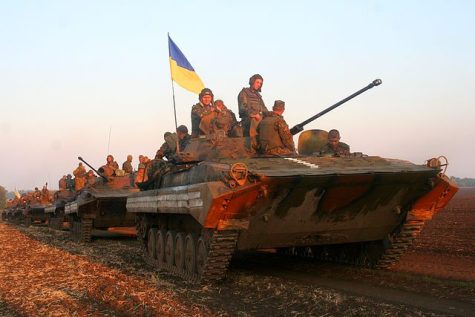
Anti-terrorist Ukrainian operations taking place during the 2014 Crimean conflict
Many had similar reactions as Emiliia, as Russia and Ukraine share a complex and tangled history that traces as far back as the Viking people, known as the Rus, and continues on to a social ethnic class called the Cossacks, who have become a key part of the Ukrainian identity. In 1793, much of Ukraine was annexed under the then Russian empire, and a centuries long struggle for independence began that continues today. Following the fall of the Russian empire in 1917, Ukraine had a brief and turbulent stint as an independent republic, but soon fell under Russian rule once again in 1922 as Allied forces drew away from Eastern Europe at the end of World War Ⅰ. Ukraine remained a part of the Union of Soviet Socialist Republics (U.S.S.R) until 1991 when the USSR collapsed. But although Ukraine gained its independence, it was not free from Russian encroachment and in 2014 Russia took control of the Crimean Peninsula in northern Ukraine. This long and intricate history has come to a head with the current war, as Ukraine is forced to fight for its independence once again.
“There’s a really long lasting history…and there’s a lot of stuff happening in the backdrop…it’s something that’s gone on over generations and generations” Polishchuk says.
But despite the complexity of the conflict, some leaders have simplified it to satisfy their political motives. Russia’s president Vladimir Putin has used this history, amongst other claims, to justify the Russian invasion, arguing that Ukraine’s ethnic, historical, and even linguistic ties to Russia have made it more of a Russian state than an independent nation.
According to USA Today, citing an article written by Putin and released by the Kremlin, Putin said that “modern Ukraine was completely created by Russia…Russians and Ukrainians are one people-a single whole.”
But Ukrainian identity is an amalgamation of a unique culture and experience that is related but autonomous from Russian identity. For many Ukrainians and the larger international community the relation between the two is not an excuse for war.
Polishchuk is familiar with such weaponization of Ukrainian heritage.
“4 of my brothers and sisters were born in Ukraine and 4 of them were born in Russia…if we were living there [Ukraine] today it’s very possible that my brothers would be fighting each other…that is what the politics has led to” Polishchuk says.
The War
For Polishchuk, who has Slavic heritage and who’s husband is Ukrainian, this conflict and such debates about identity have hit close to home. Polishchuk has been tracking the Ukrainian conflict since Russia first annexed the Crimean peninsula in 2014, and when the war first began she felt helpless.
Emiliia was also horrified by the news of the invasion.
“I was terrified by the fact that I didn’t even know what I should do. On February 24th, 2022 I was sleeping in my bed until my mother woke me up with words ‘War has started. Call your dad!’…I still remember how I was crying on my mom’s shoulder thinking that something might happen to my father [who was in Ukraine at the time]” Kurtsikidze says.
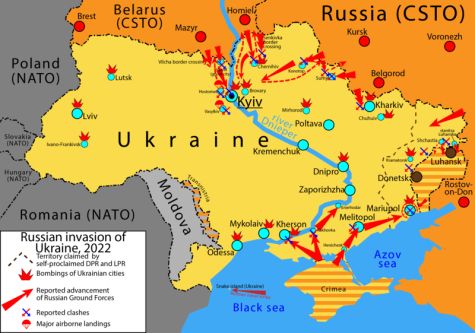
Map detailing the Russian invasion of Ukraine
Throughout the war many have shared these feelings of fear and paralyzed action, as news of the full scale destruction of the war has rolled in. According to Reuters, approximately 42,295 people have been killed, 56,756 people have been injured, and 15,000 people are currently missing. In terms of infrastructure, 140,000 buildings in Ukraine have been destroyed and the estimated total property damage is currently at $350 billion. The United Nations cites that there have been more than 17,994 civilian casualties during the war, a higher proportion than most other armed conflicts. Russian military forces continue to target cities and towns rather than traditional military bases, and Russian bombs have landed on schools, theaters, and a maternity ward in the obliterated city of Mariupol.
The trauma of these attacks has spread past Ukraine’s borders and has permeated everyday life for Ukrainians around the world.
“I’m very tired of seeing pictures of dead bodies and reading articles about rape, torturing, and kidnapping… I’m just sick of crying and feeling anxious… I remember how I couldn’t stop checking my phone at school or at work just to make sure that the place where my father lives wasn’t bombed” Emiliia says.
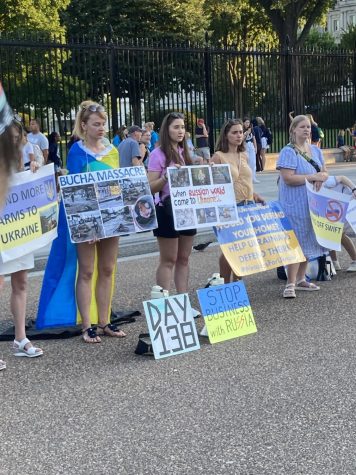
Protestors gather outside the White House in Washington D.C. in June urging the US to send more aid to Ukraine after multiple human rights abuses came to light
The attacks on civilian targets have elicited international outcry and condemnation of Russia in the face of accusations of human rights abuses. According to PBS, at the recent Munich Security Conference, US Vice President Kamala Harris asserted that Russia had committed human rights abuses and atrocities during the war.
“Russian forces have pursued a widespread and systemic attack against a civilian population — gruesome acts of murder, torture, rape, and deportation…execution-style killings, beatings, and electrocution” Vice President Harris said.
Polishchuk also detailed the human cost of the war. “The amount of bloodshed is unfortunate and sad…and it shouldn’t be happening” says Polishchuk.
Such violence and devastation has pushed thousands of Ukrainians from their homes, creating the largest refugee crisis in Europe since World War Ⅱ. According to the Centre for Research and Analysis of Migration, using data from the UNHCR, more than 8.1 million refugees have fled from Ukraine in the past year. They have poured into surrounding countries including Moldova, Poland, Germany, and more.
“4 million people hit the Polish border within the first couple weeks…and when I watched those news stories I realized it’s only a matter of time before they end up here,” Polishchuk said.
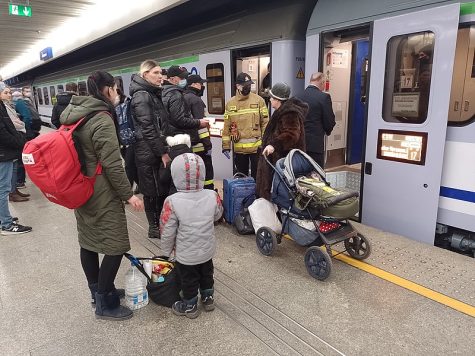
Ukrainian refugees arriving in Warsaw, Poland in the early months of the war
About 250,000 of these refugees have settled in the U.S., scattering into large metropolises like Chicago and New York, and also landing in smaller cities such as Boise, Idaho. According to the Idaho Statesman, more than 200 Ukrainians have arrived in the greater Boise area since the beginning of the war.
The support for Ukrainians in Boise, has helped many like Emiliia deal with the pain of the war.
Emiliia says, “I saw a bunch of Ukrainian flags in downtown. Some people even hang a Ukrainian flag outside their house. It helps to know that we are not alone.”
Along similar lines, Polishchuk says “Idaho has been very welcoming…the response towards refugees has been very positive.”
Despite this, after working with the Idaho Office for Refugees and the Agency for New Americans, Polishchuk realized there was a dire need for a space to accept the incoming flood of refugees.
“It was happening so fast, there wasn’t really a plan…usually these processes [refugee acceptances] take years to establish,” Polishchuk explained.
In response to the rapid acceleration of the Russo-Ukrainian conflict Polishchuk and her colleagues started the Idaho Alliance for Ukrainian Immigrants and Refugees in April of 2022 to begin collecting essentials for the arriving refugees. Later that month, through coordinating with Reverend Bill Roscoe of the Boise Rescue Mission, the Ukraine Welcome Center was established at its current location in Nampa, Idaho. At first the Ukraine Welcome Center was supposed to be a temporary venture, as Polishchuk like so many others thought that the war would end soon. But as the conflict intensified and entered the summer months and Ukraine began a counteroffensive, the need for the center only increased.
Today, the Ukraine Welcome Center offers a myriad of services and care to incoming refugees including: Ukrainian and/or Russian speaking attendants, case management, employment services, fundraising for new Ukrainian families, donations, essential supplies including hygiene, classes in English and financing, and education for children.
Polishchuk says, “It’s a place where the community can…give resources… we connect the need to the resource as quickly as possible.”
For Polishchuk, the Ukraine Welcome Center has become a way for her to combat the tragedies of the war within the Idaho community.
United States Involvement
The way that local communities and the US as a whole is a part of the solution has become contested. Thus far the United States, along with other Western developed countries such as France and England, has announced its support for the Ukrainian war effort. According to the BBC, the United States gave $112 billion to Ukraine in 2022. Just last week, President Joe Biden, in a brief visit to the Ukrainian capital Kiev, pledged $500 million more in military aid. The US has also placed sanctions on Russia, in an attempt to weaken their economy. But, although the US has led the global effort for supporting Ukraine, a year into the war ideological fracturing has begun and some of the public is questioning US financial support. According to a poll from The Associated Press-NORC Center for Public Affairs Research support for American assistance to Ukraine has slightly declined as the war approaches its 1 year mark.
Much of the American peoples’ support of the war hinges upon how much they grasp the origins, scale, and effects of the conflict.
In terms of the American understanding of the war, “a lot of people don’t fully understand why the US is in this war” Polishchuk says.
Emiliia also agreed with this perspective saying, “I think some people, especially in America, do not understand what war actually is. They have never experienced such a fear.”
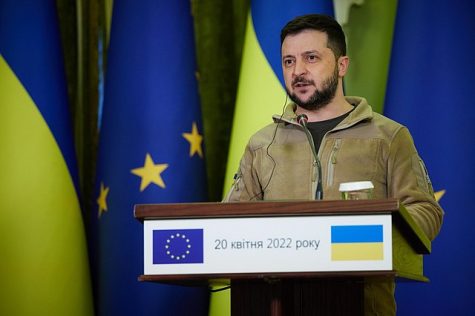
Ukraine’s President Volodymyr Zelenskyy requesting more aid for the war effort
Overall, the US has been so steadfast in its support of Ukraine due in part to the Massandra Accords, and the 1994 Trilateral Statement that falls under them. Leading up to the signing of the Trilateral statement, Ukraine was a top nuclear and strategic arms power. According to the Arms Control Association, in signing the Trilateral Statement, Ukraine agreed to full disarmament in exchange for security and economic protections from the United States. Now, the United States’ 1994 agreement has come back into play, and America is forced to decide whether or not to hold its word.
But for many Americans, the promise of US protection does not necessarily mean putting more funding and supplies towards military action. According to the nonpartisan think tank the Stimson Center, increases in military aid could come with potential consequences including provoking Russian aggression, misuse and mishandling of funding and weapons, and increased violence overall. Others are also worried that US aid will soon include sending American troops to Ukraine, which many are hesitant to do as the US only just pulled troops out of Afghanistan in 2021 after a 20 year military presence.
Polishchuk says, in regards to the US support of Ukraine that, “the US is making it clear that it is going to keep its promise to Ukraine, to protect it…which I think is really important… these kinds of wars shouldn’t be happening now, not in this day in age.”
For Emiliia, she expressed gratitude for America’s action thus far.
But Polishchuk notes that other developed countries will have different responses to the war itself.
Polishchuk says, “Not everyone thinks like Americans…you don’t necessarily make a blanket statement for how the world needs to respond because every country has its own identity and interests it has to look out for.”
Looking forward, global responses will be key to deciding the outcome of the war, as Ukraine continues to request military assistance and aid in its effort to reclaim provinces annexed through Russian territorial gains in Eastern Ukraine.
Looking Forward
Whether it be death tolls, refugees, international support, or independence the future remains uncertain for Ukraine. According to The Guardian, the head of the United Nations warns of potential escalation, possibly to the nuclear level, if negotiations are not reached. For now, for those in the war zone, survival hangs in the balance of each airstrike and for those who have escaped, the suffering they have seen and experienced continues to haunt them.
Despite all this, some like Emiliia continue to hold optimism for Ukraine.
“I’m pretty sure that we have more chances to win this violent war. We have support from a lot of countries which makes us powerful. Russia cannot run forever from their sins. They know exactly what their violence has done to the people of my country and they must stop it or pay for it” Emiliia says.
But for others, like Polishchuk, the future is more unclear.
“It’s hard to say what the future holds for Ukraine…I wish I could say…I wish I had more solutions. Ultimately what I would like to see is for the pain and for the aggression to stop. These are brothers fighting brothers and it shouldn’t be happening” Polishchuk says.
One year into the war, there seems to be no clear end in sight but there are those who continue to hold hope like Emiliia Kurtsikidze. There are also organizations like the Ukraine Welcome Center and people like Tina Polishchuk who continue to work with Ukrainians and the community, ensuring that even across the globe in a small city like Boise, there are things being done to support the people of Ukraine.
If you would like to support the Ukraine Welcome Center click here.
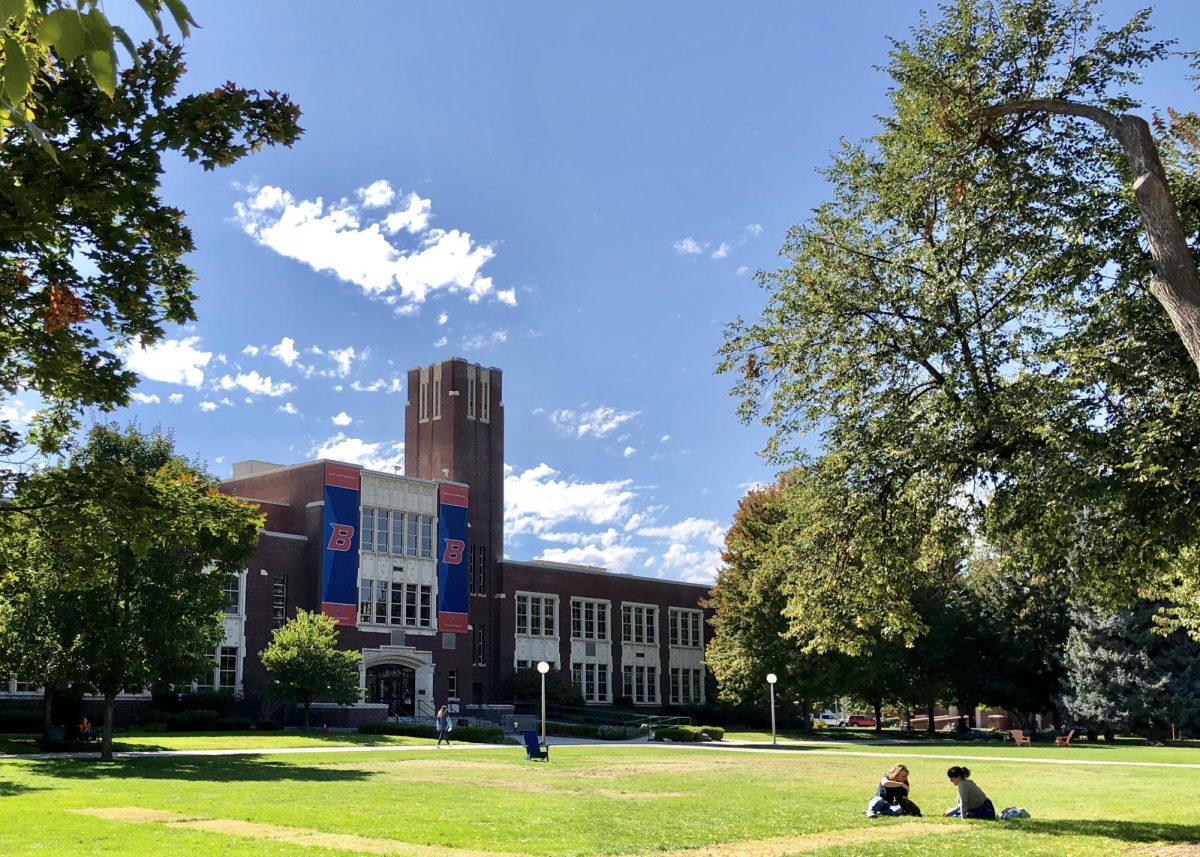
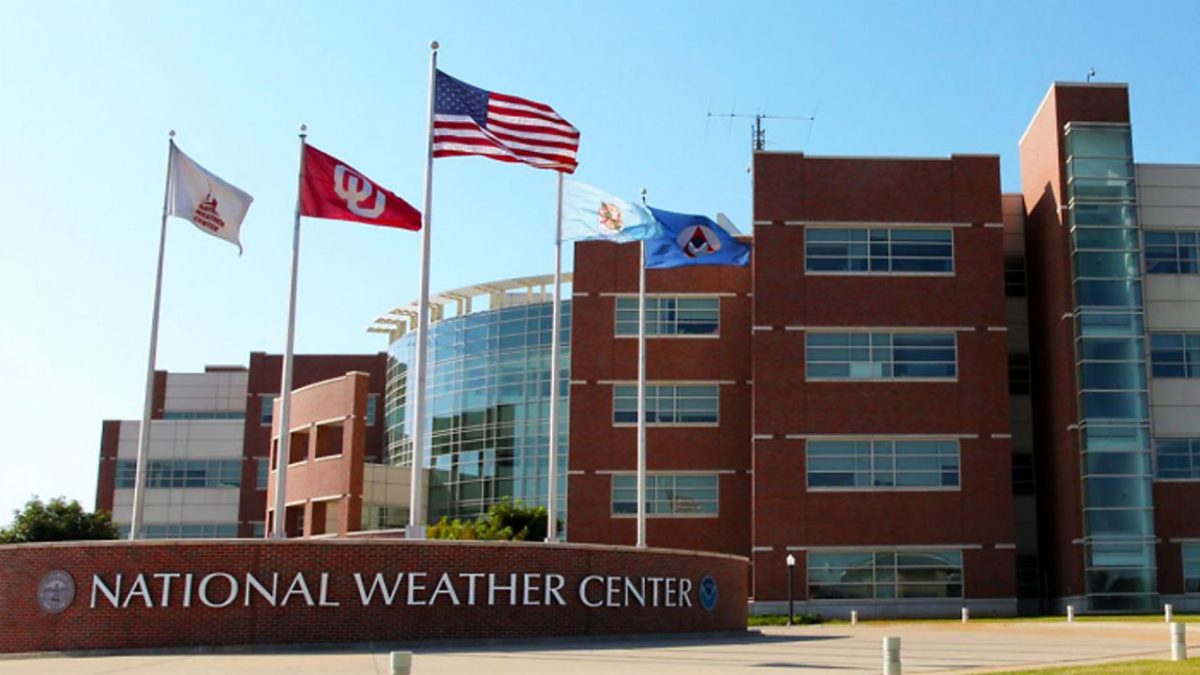
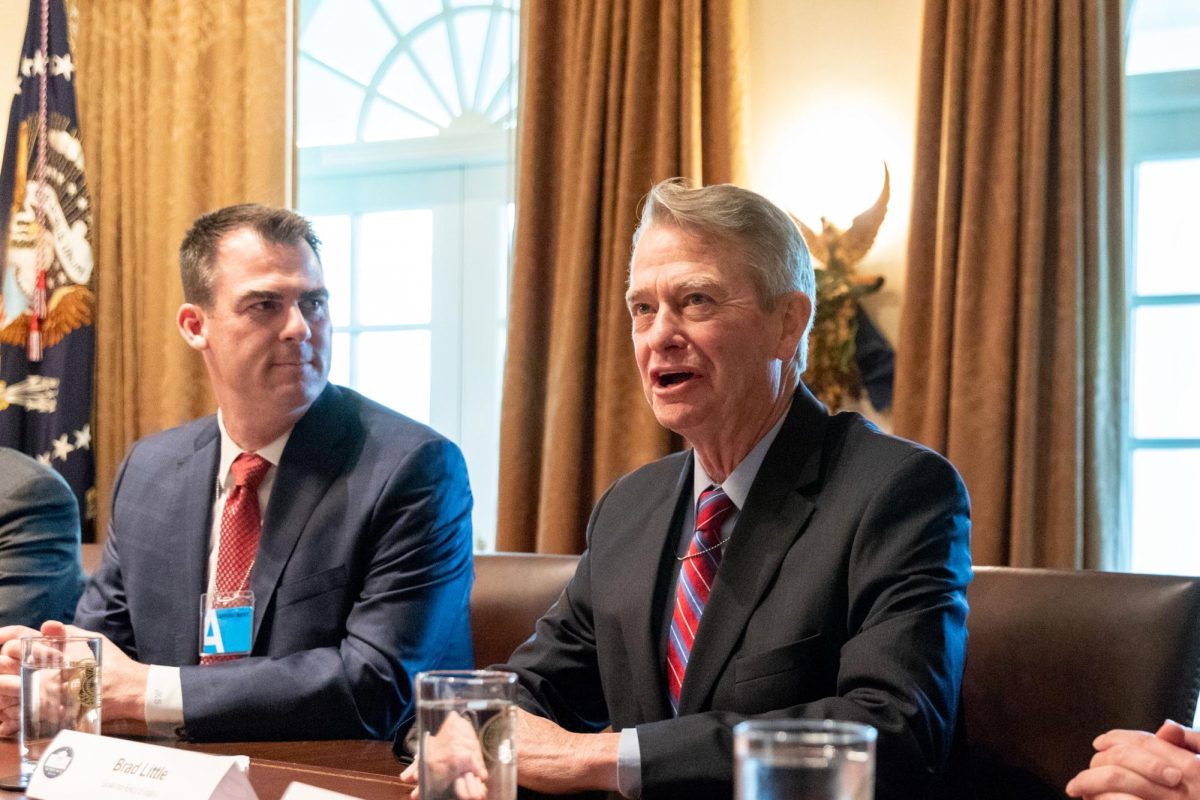
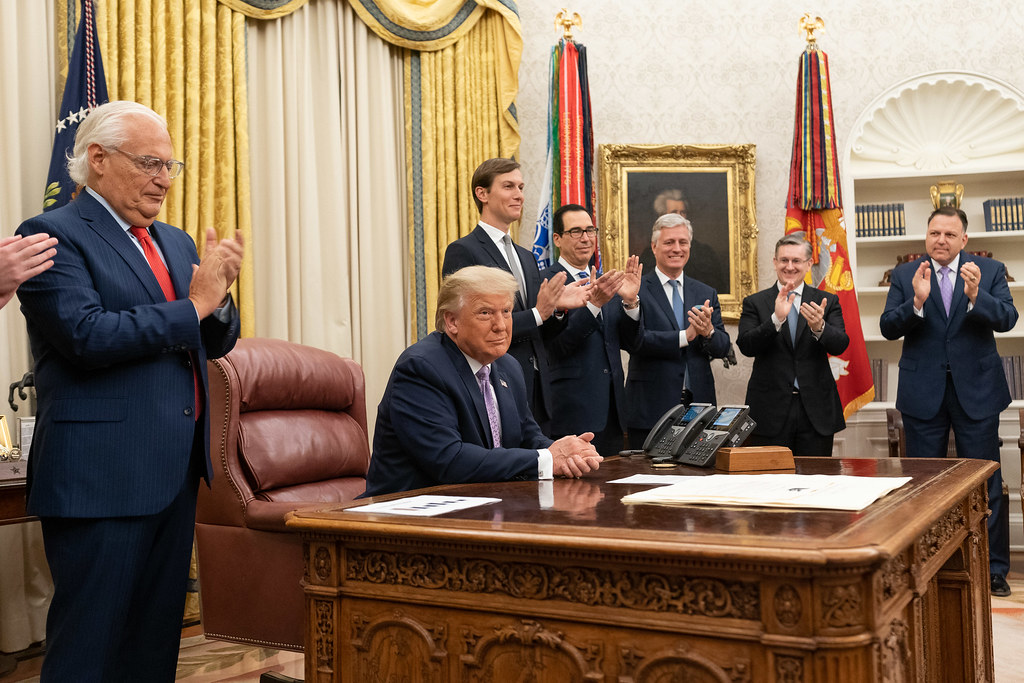
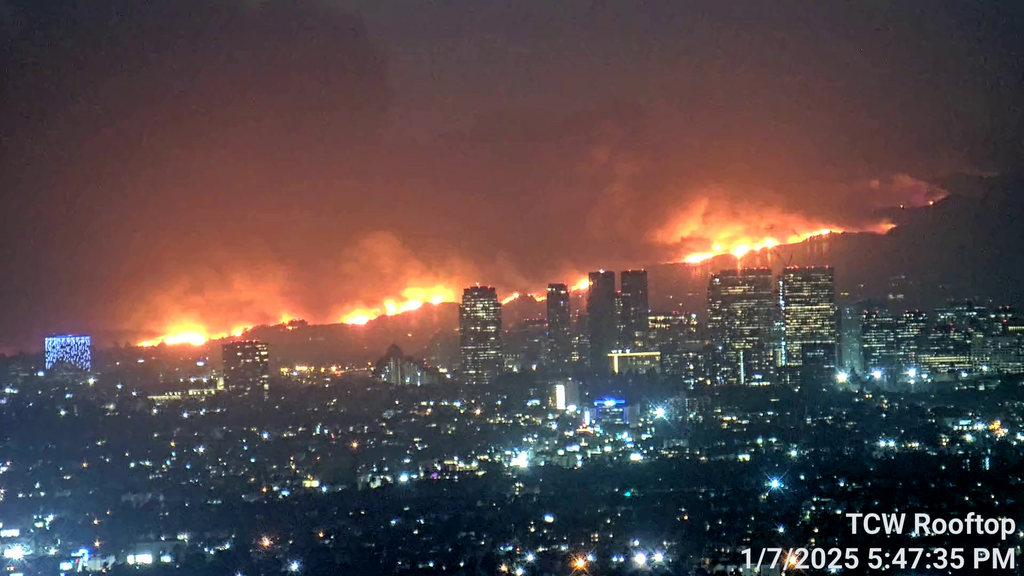
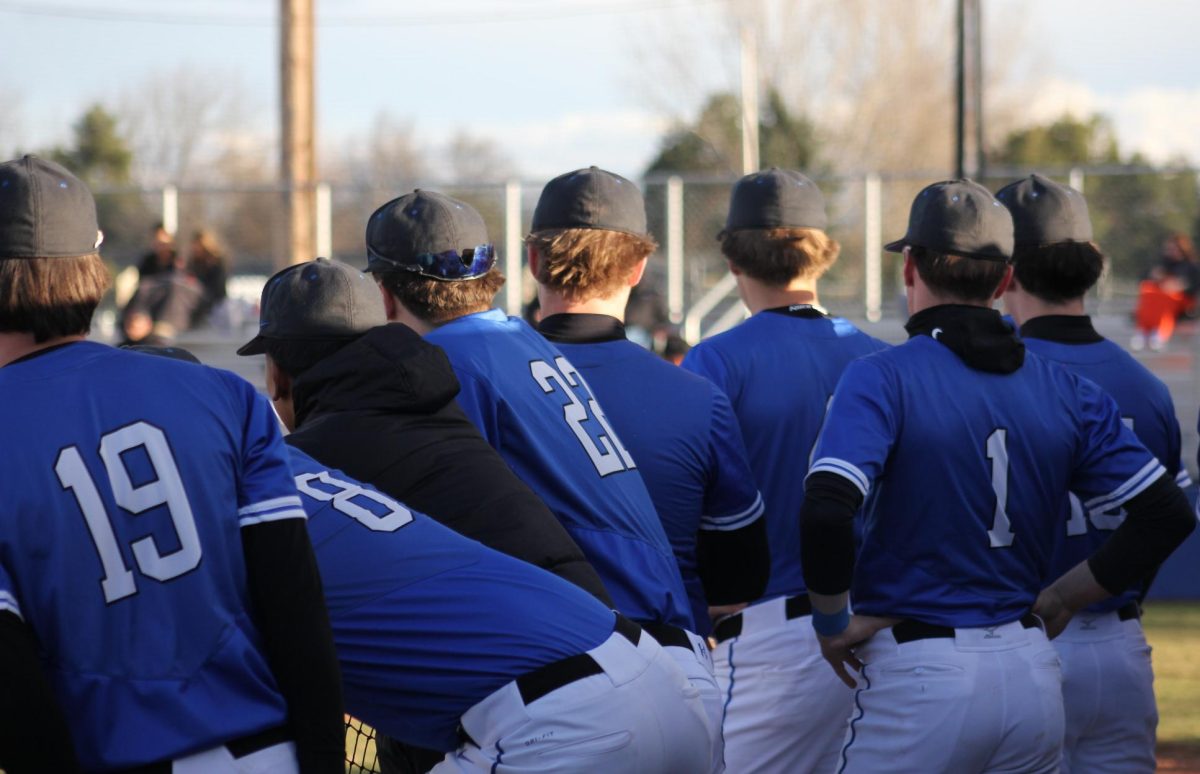
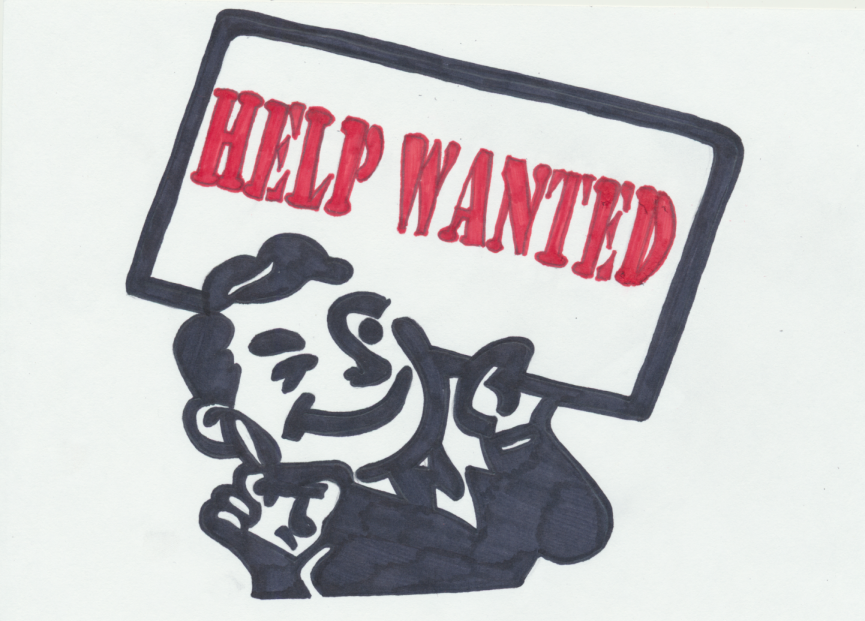
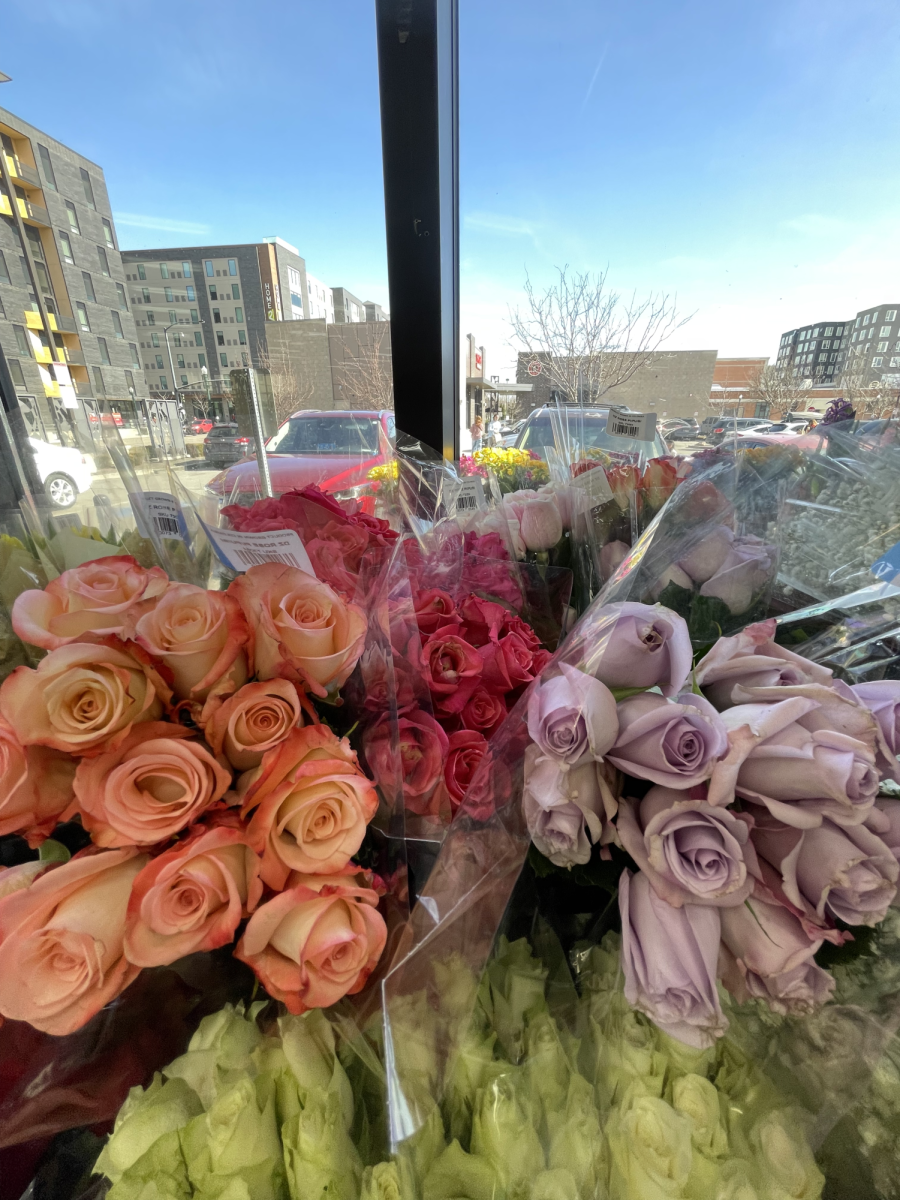
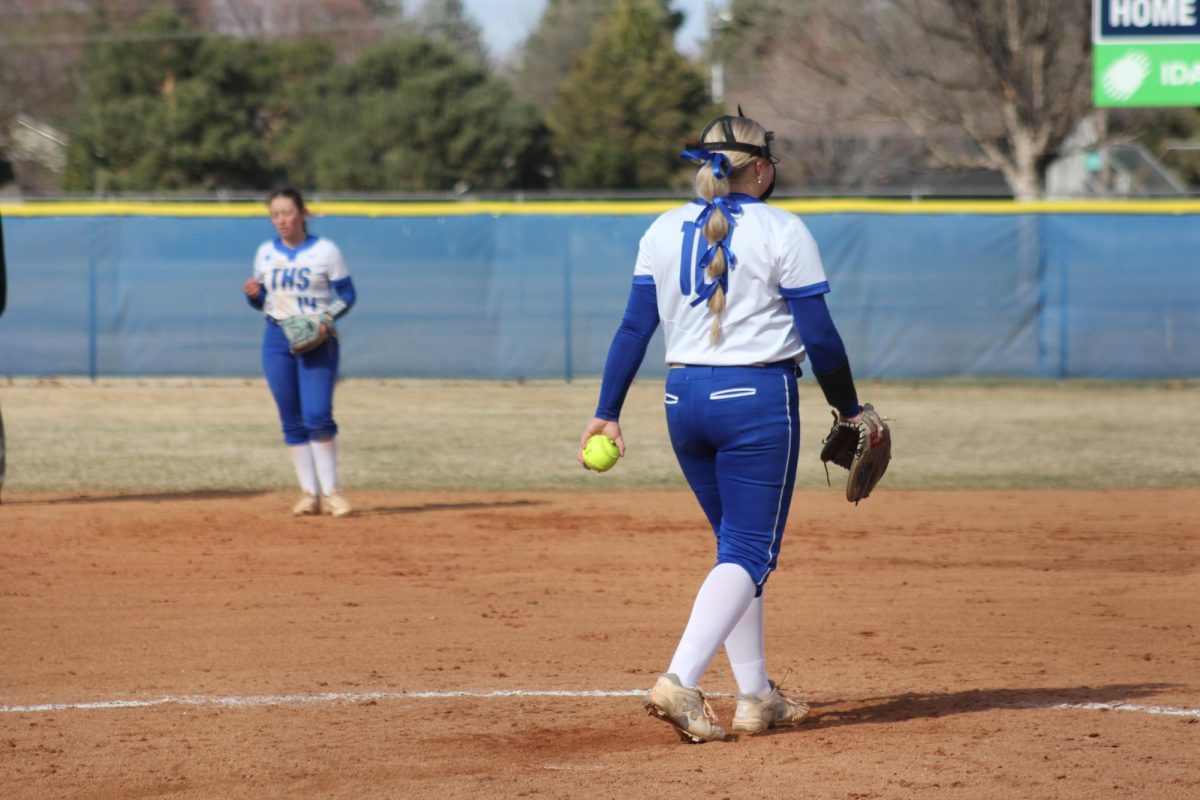
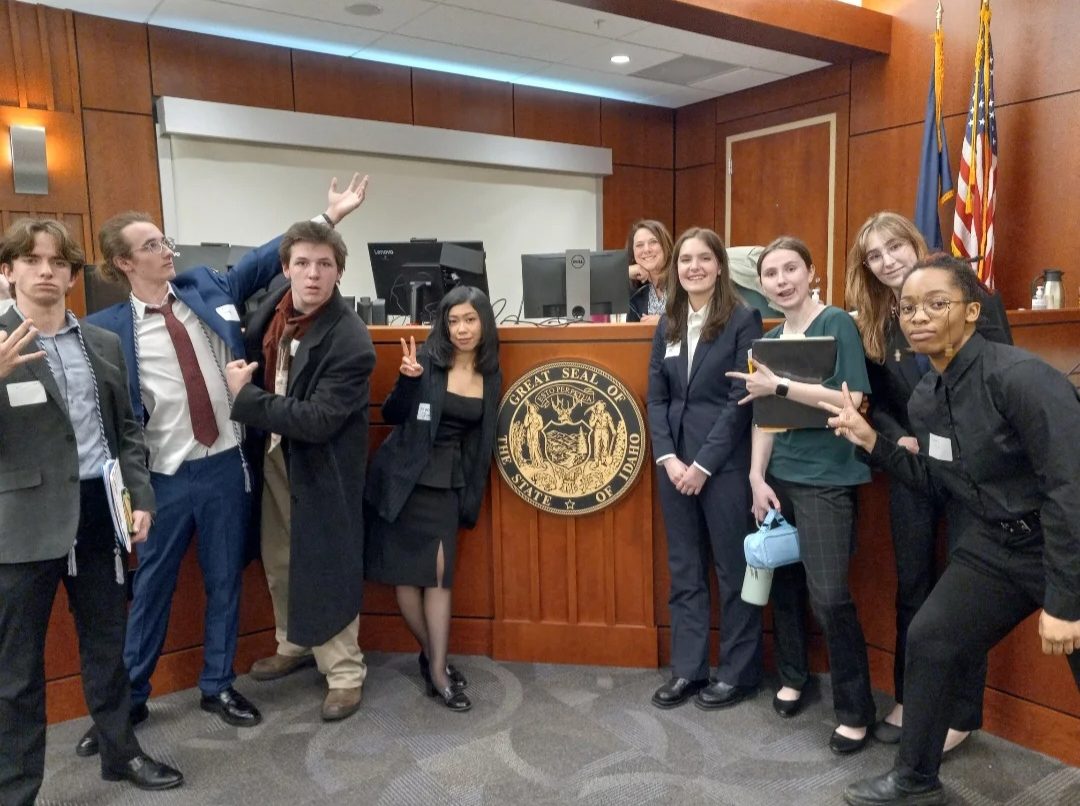
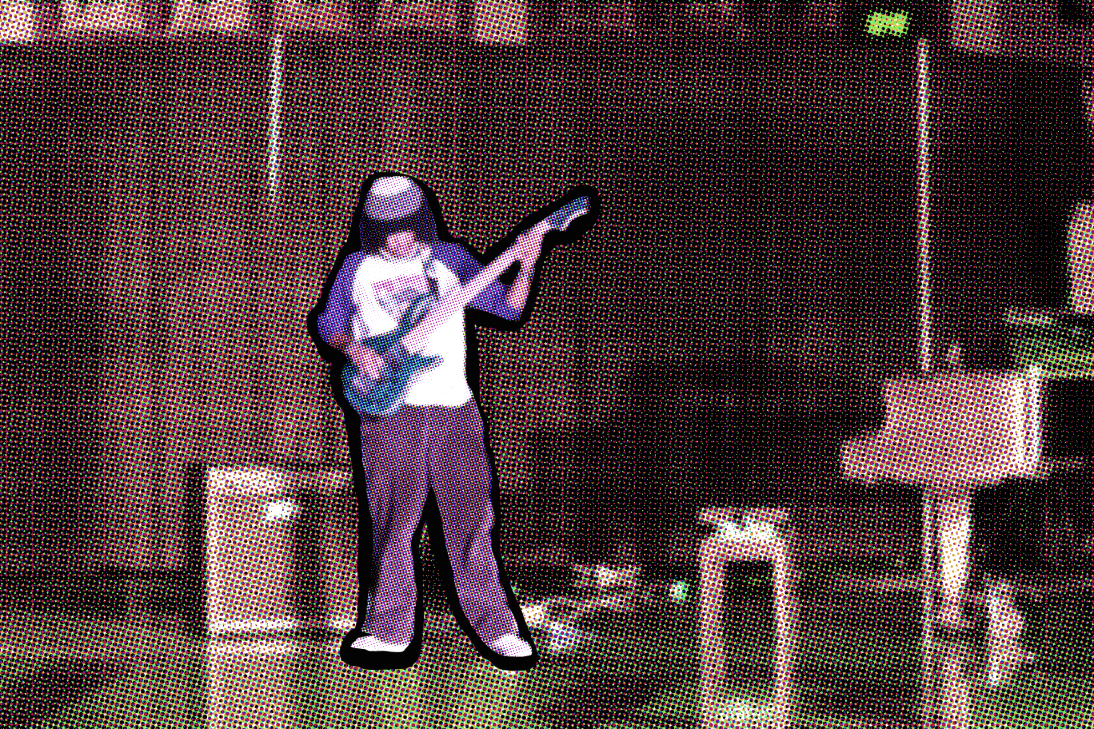
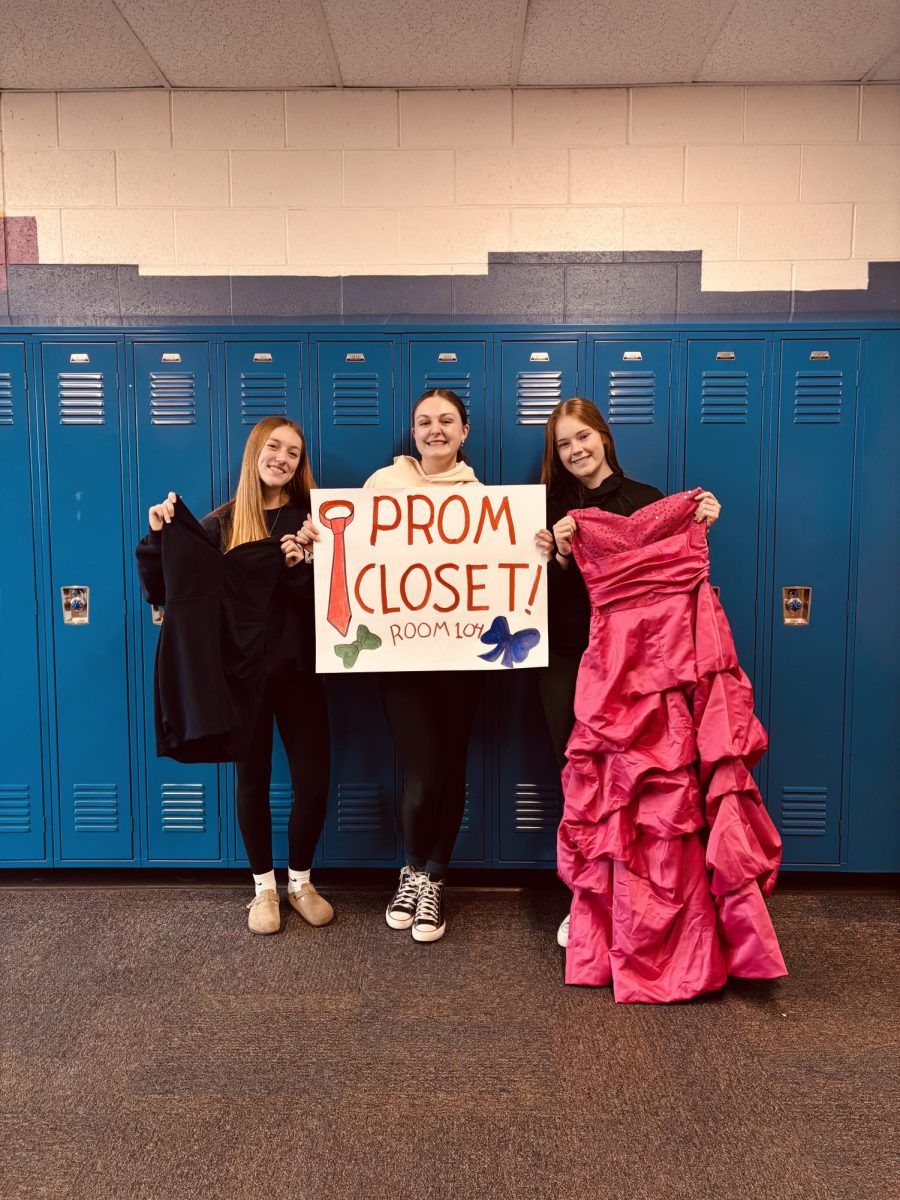
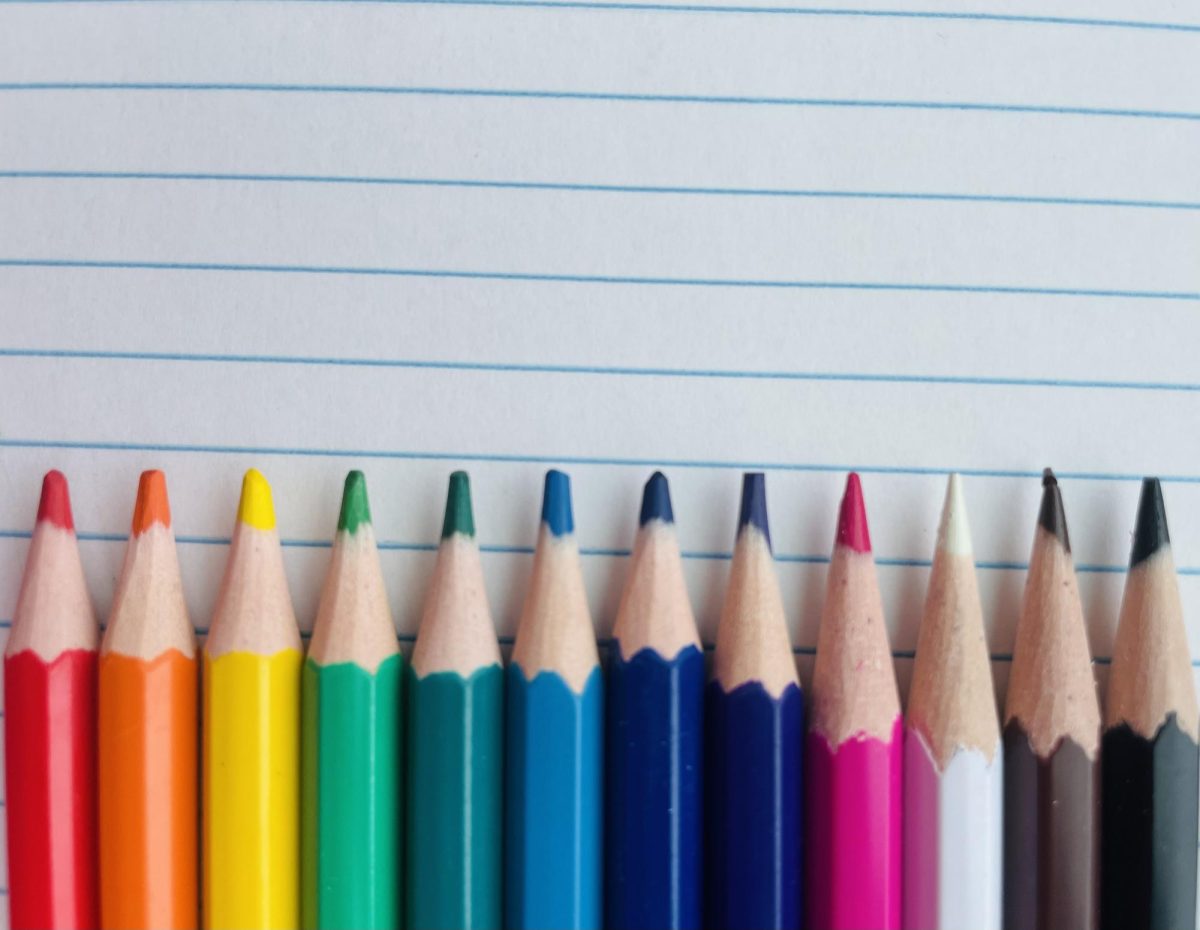
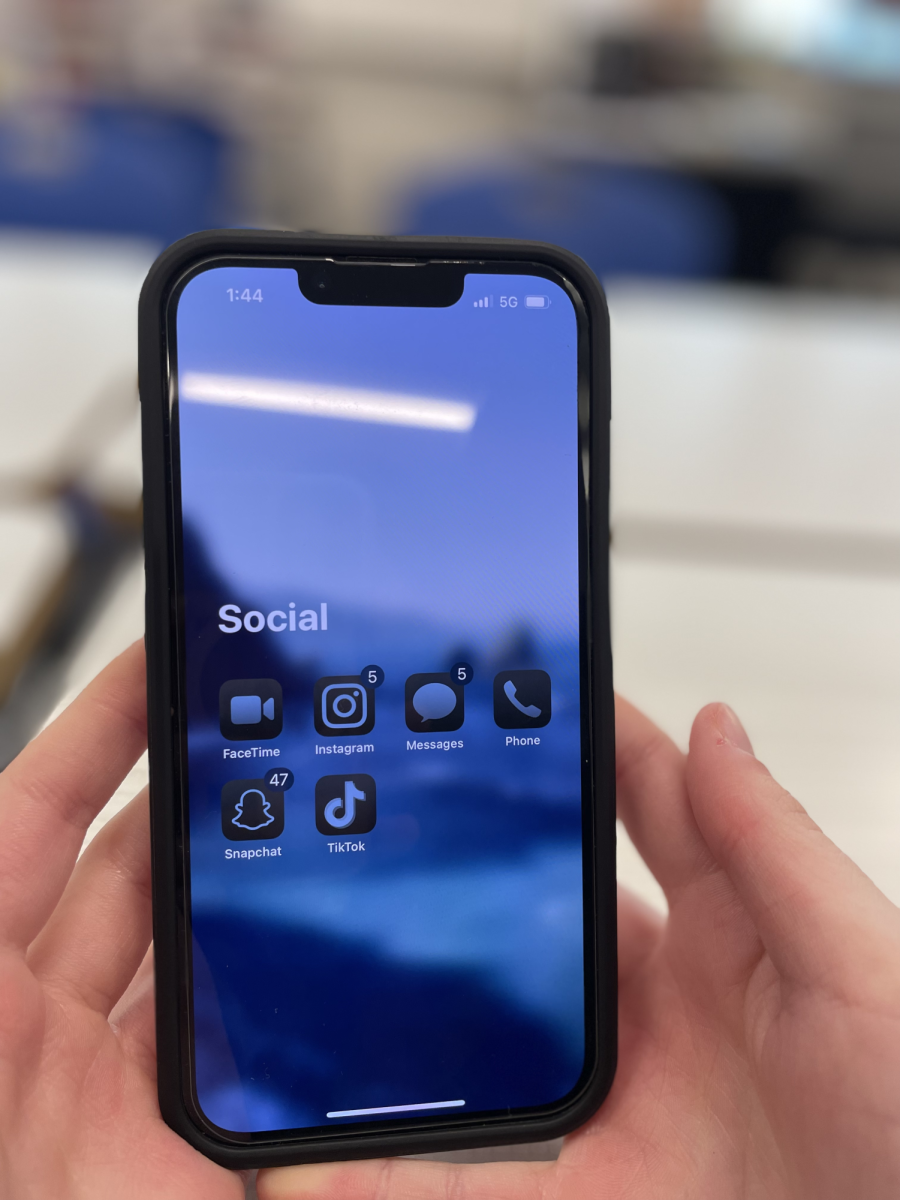
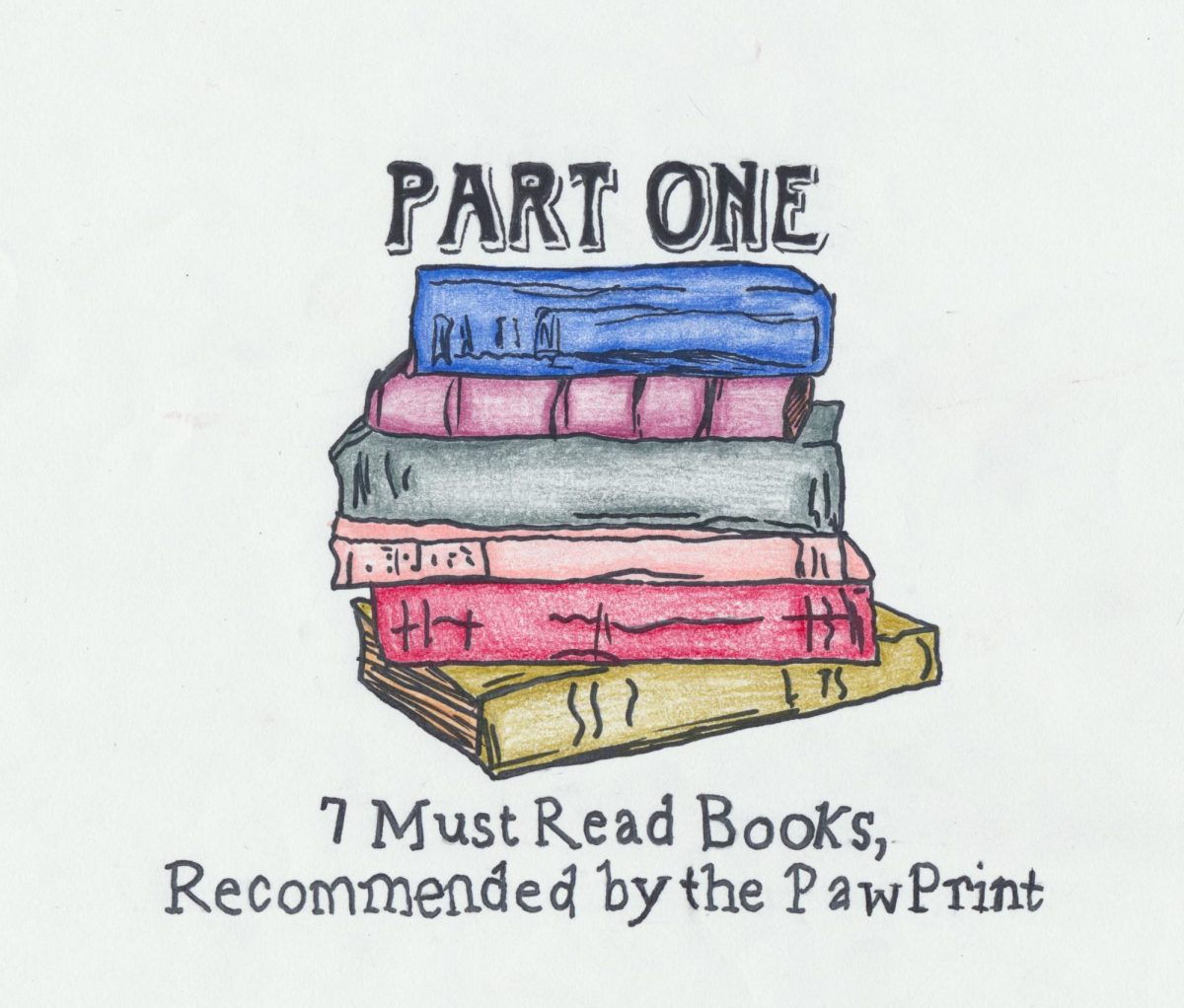
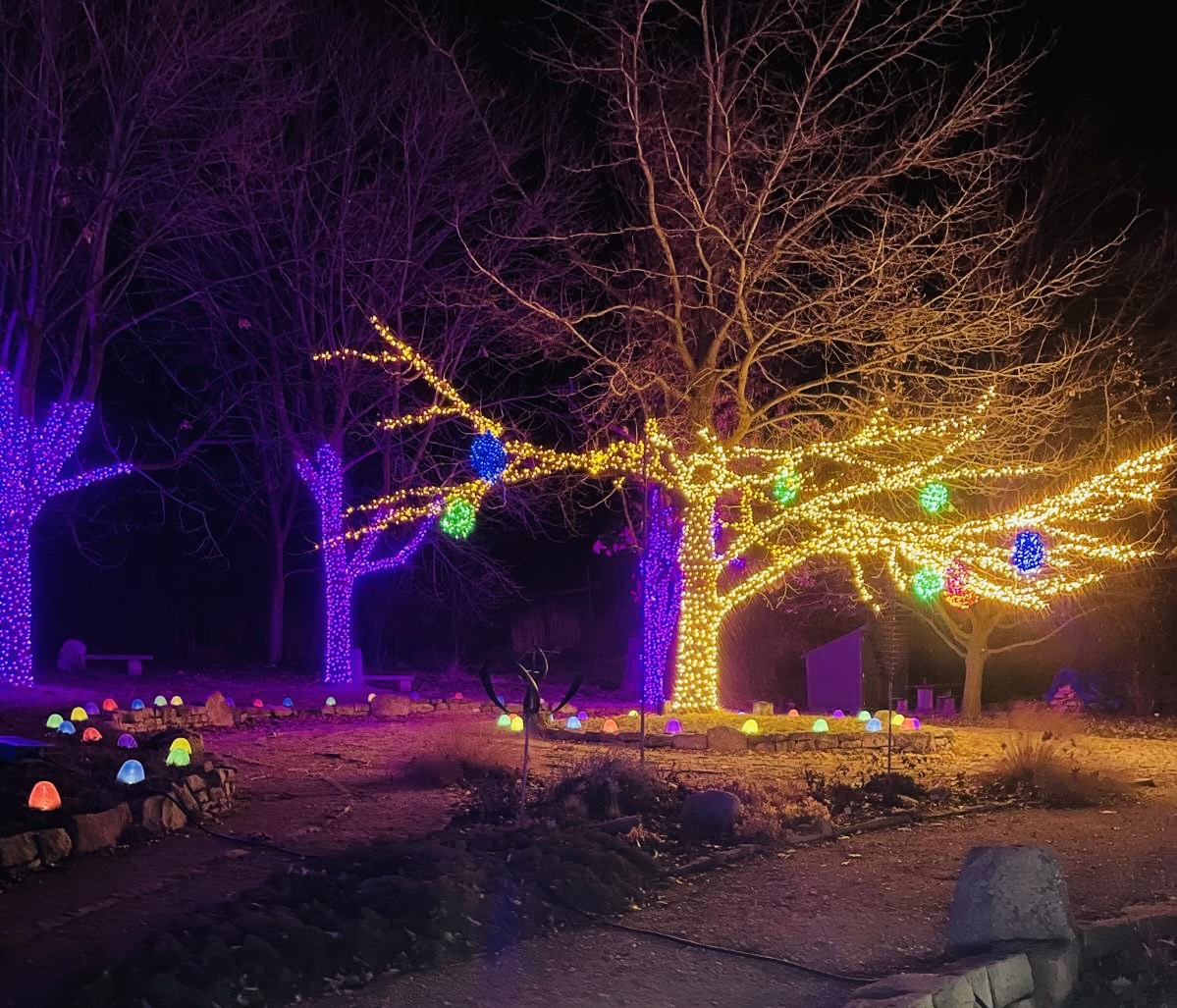
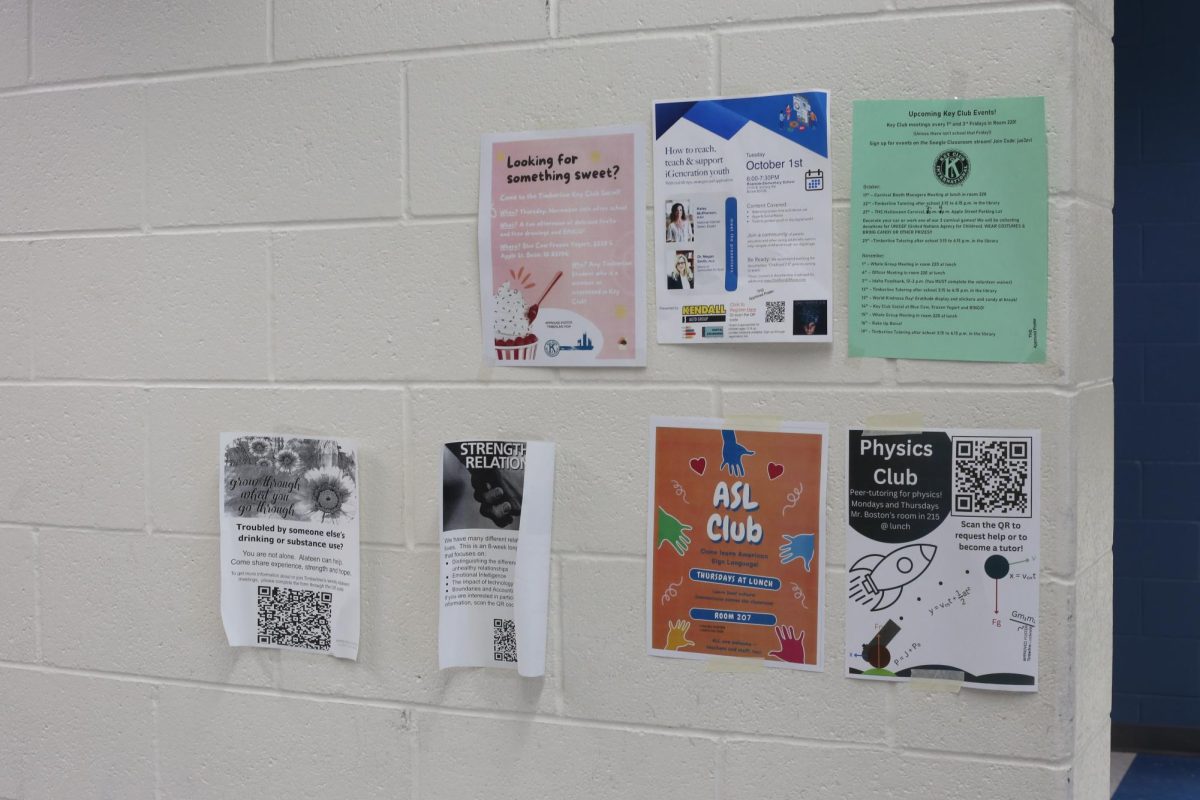
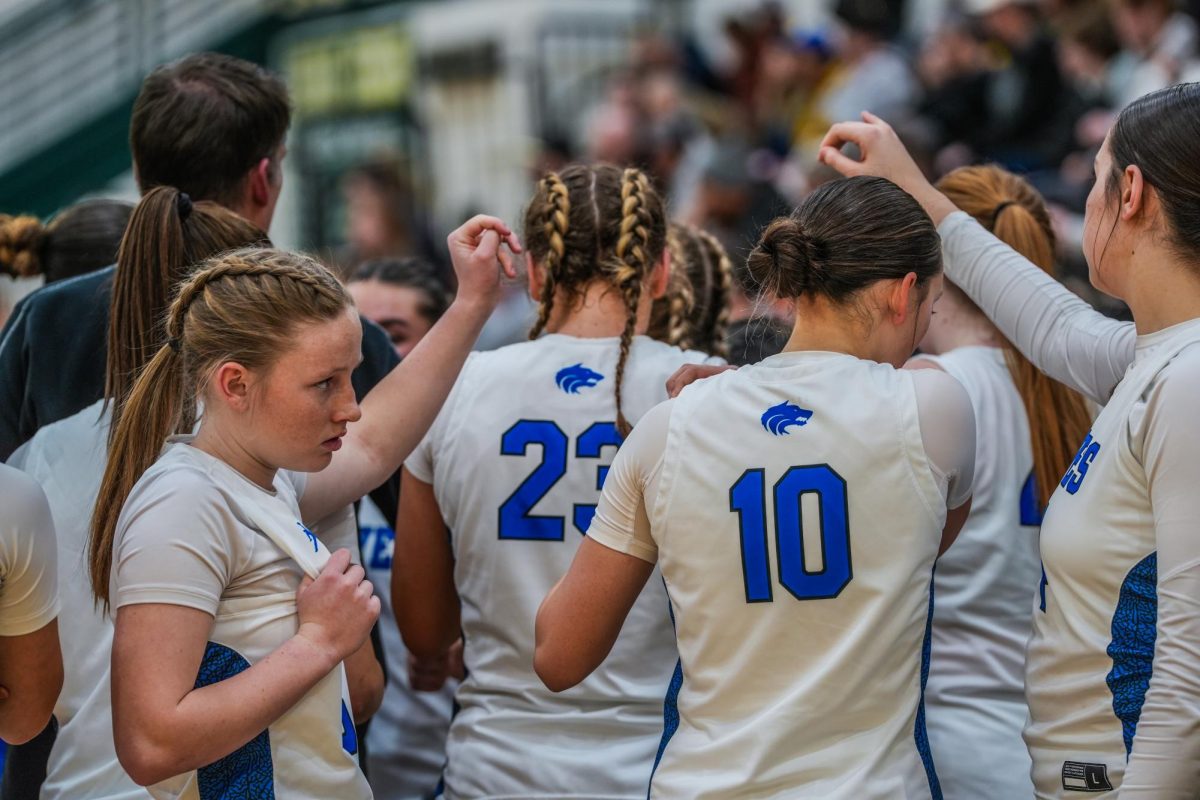
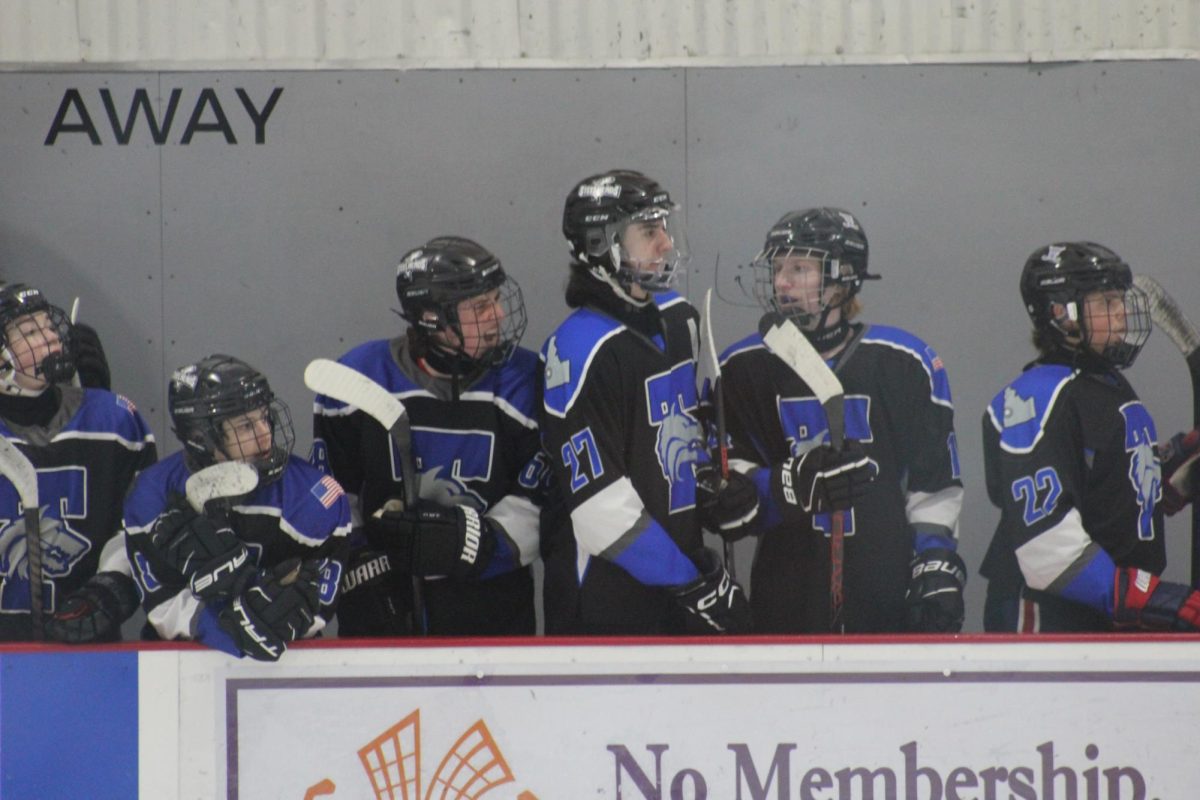
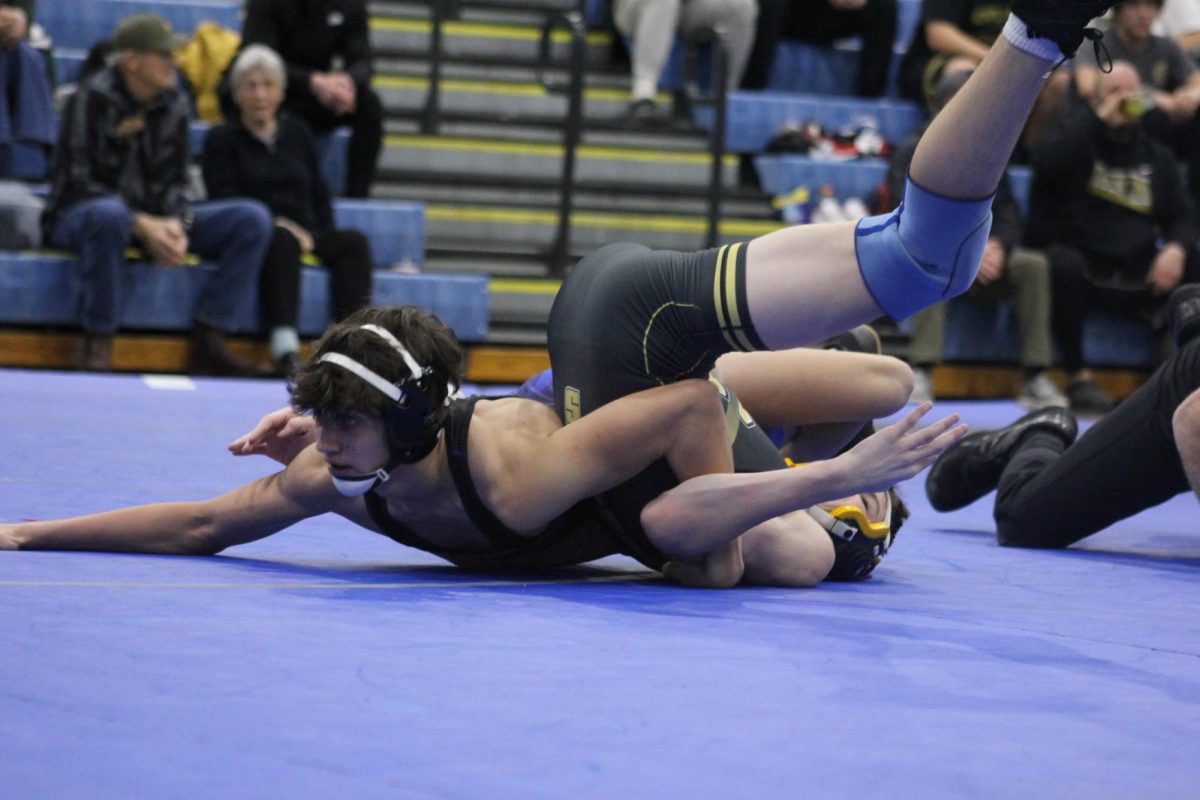
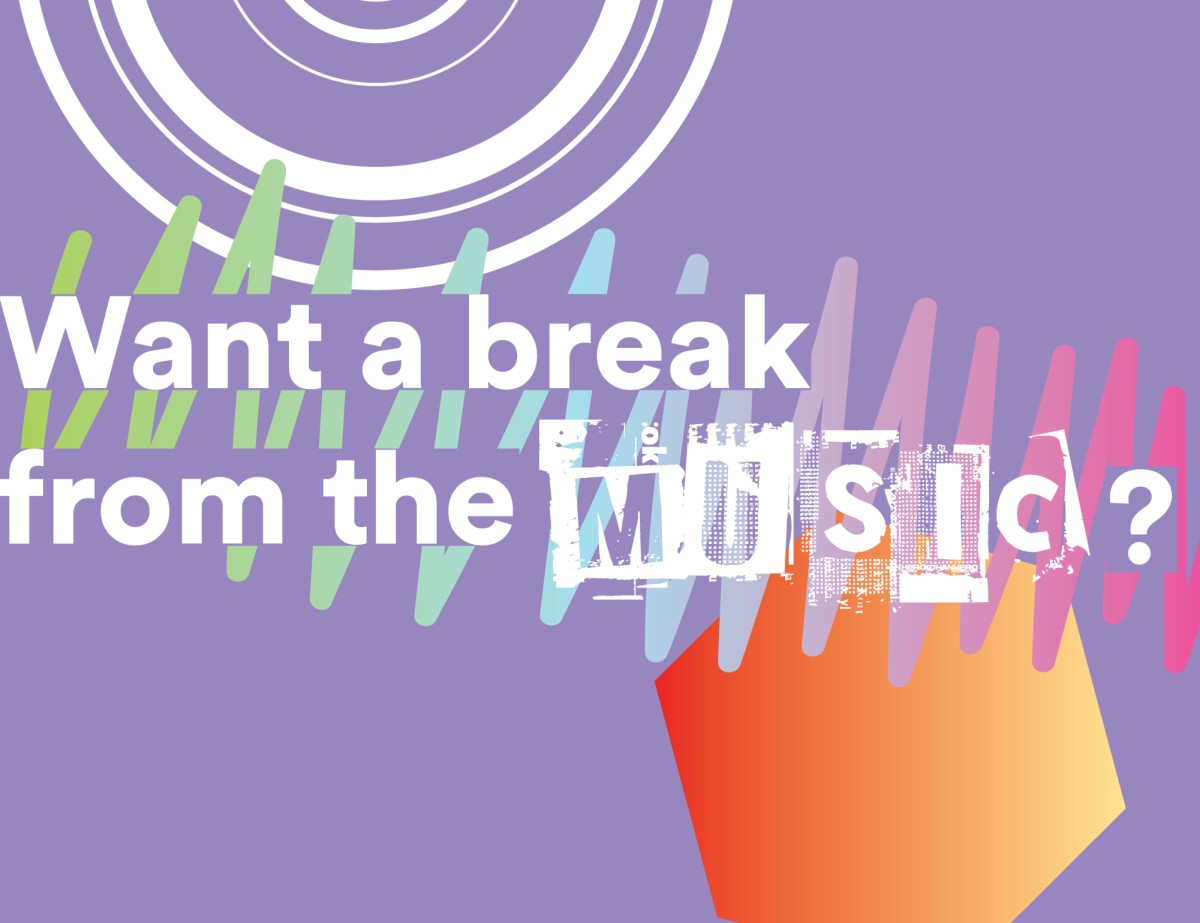
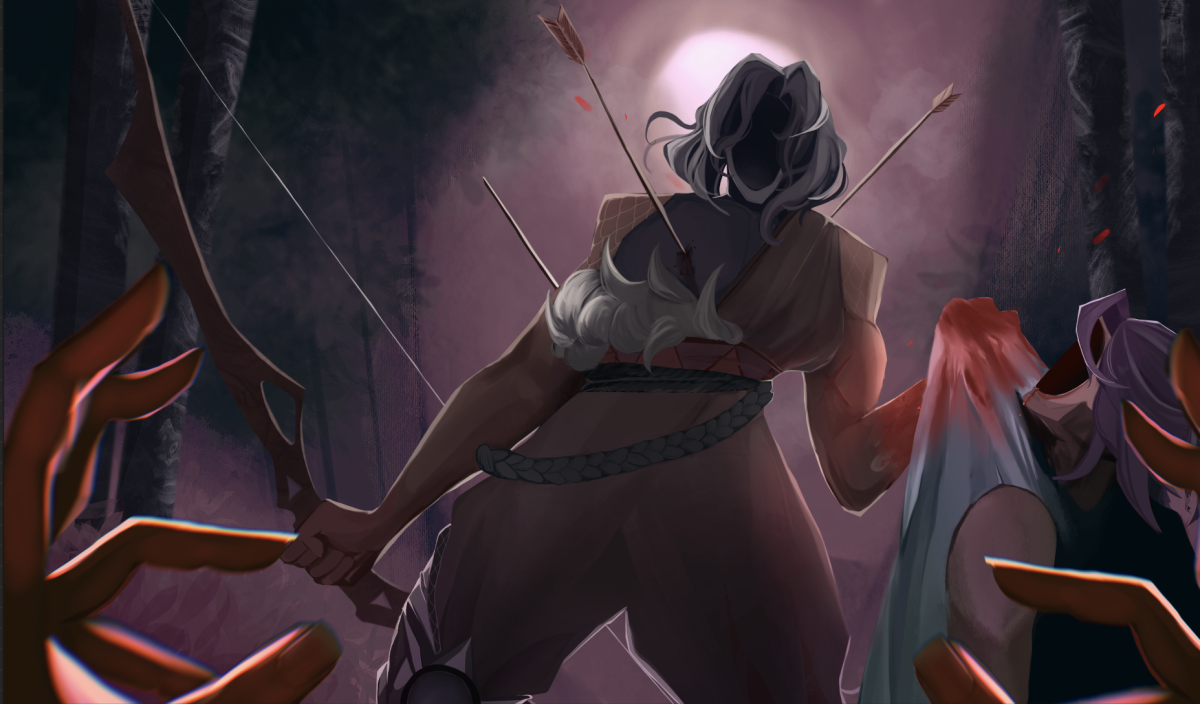
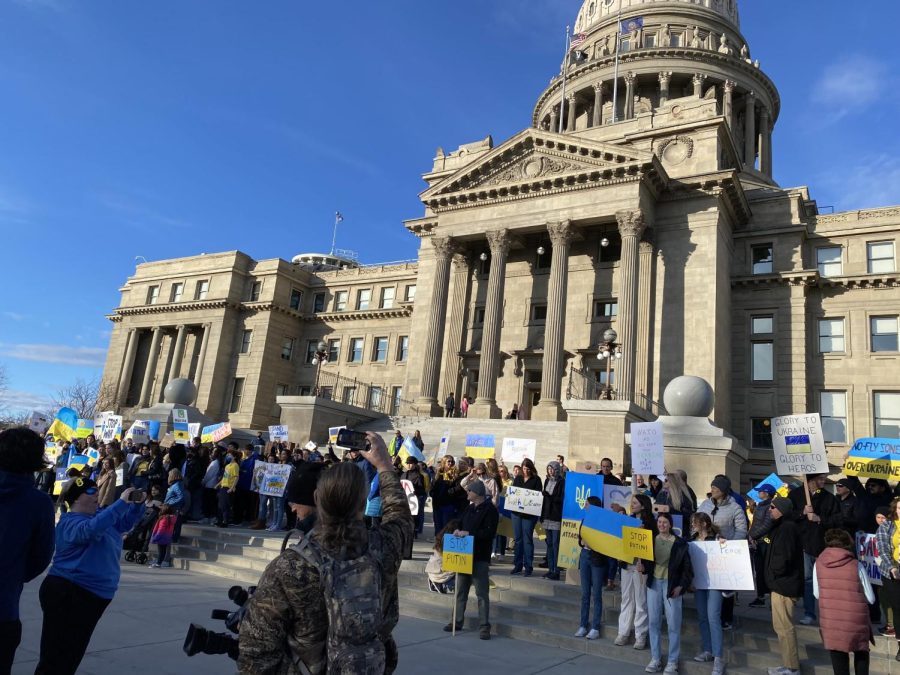

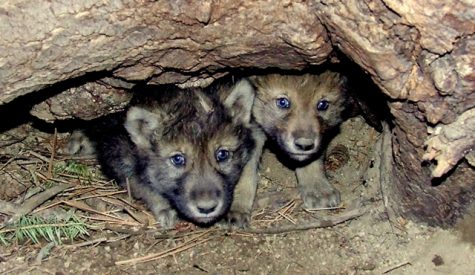
Holly Beech • May 23, 2023 at 12:46 pm
Great article, Cara, thank you. Keep up the good work.
Steve Jirik • Mar 7, 2023 at 3:00 pm
Cara, Thank you for your awesome article on the Ukrainian peoples’ ongoing struggle against Russian aggression. Articles like yours are important in reminding everyone to maintain their support for these brave people.